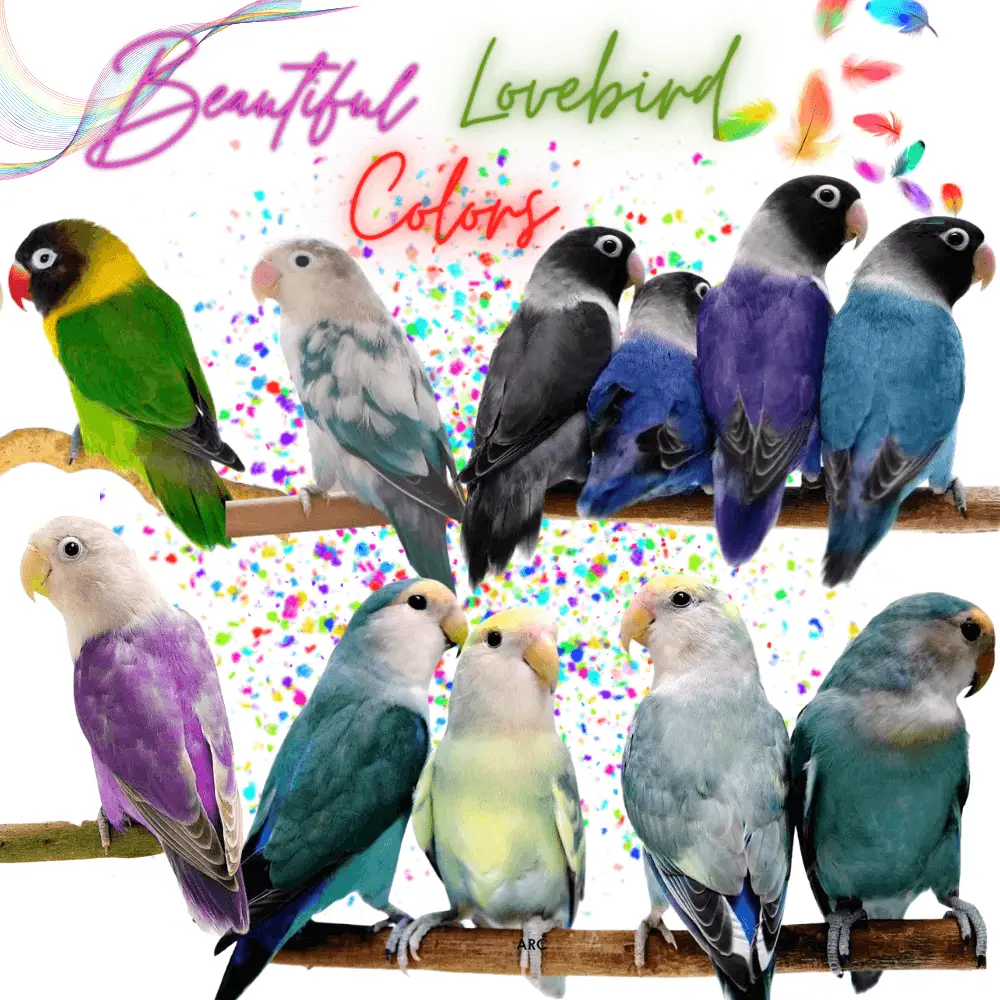Lovebird colors: lovebirds are among the cutest creatures that a person can raise, as they are distinguished by their many colors with a beautiful appearance that captures souls, and they also have special behaviors that make their breeding easy,
in addition to the many types that live in different regions of the world, Which we will learn about in detail in the following lines.
Types of lovebirds
There are many types of lovebirds, and we mention the following among the most important:
Rosy-faced lovebird

The peach-faced lovebird lives in southwest Africa in large flocks of up to 30 birds. This bird was first reported in the late 18th century. This species is very popular in breeding because it is easy to keep and is also fast-breeding and prolific. production.
Yellow-collared lovebird
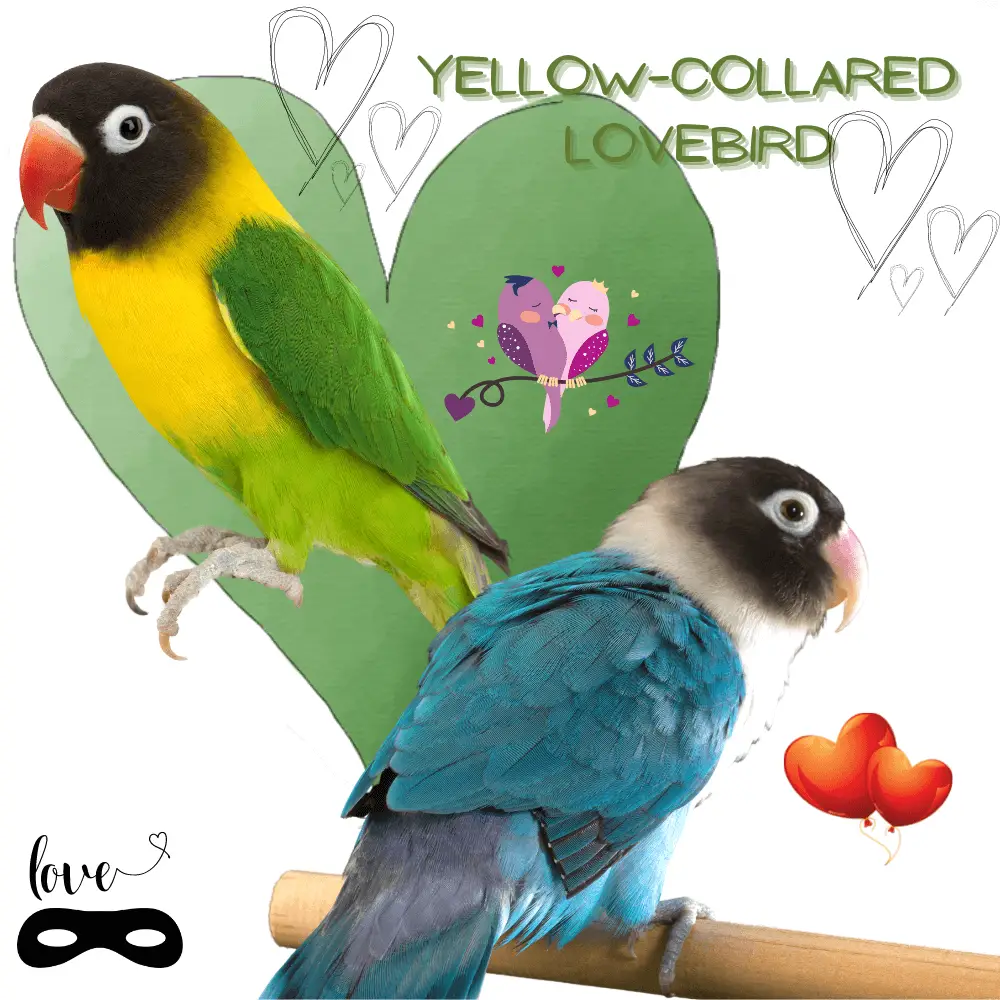 Lovebird colors
Lovebird colors
Also known as Masked Lovebirds, these are small parrots that live in Africa on inland plateaus and can be found in flocks in the coastal regions of Tanzania.
Black lovebirds
It is the most endangered species of lovebird that live in the continent of Africa, and this type belongs to the eye-ringed lovebirds or the masked lovebirds.
Black-collared lovebird
Black-collared lovebirds also known as Swindern’s lovebirds live in tropical Africa, specifically in the forests of Cameroon, the Republic of the Congo, Equatorial Guinea, and Uganda.
Fischer’s lovebird
It is a type of lovebird named after the German explorer Gustav Fischer. The Fisher lovebird is endemic to a small area of eastern central Africa. It also lives in Lake Victoria on the interior plateaus.
This type of lovebird moves to Rwanda in search of moist climatic conditions, and it is one of the kindest Breedable species distinguished by this name because the pairs court each other all the time.
Lilian’s lovebird
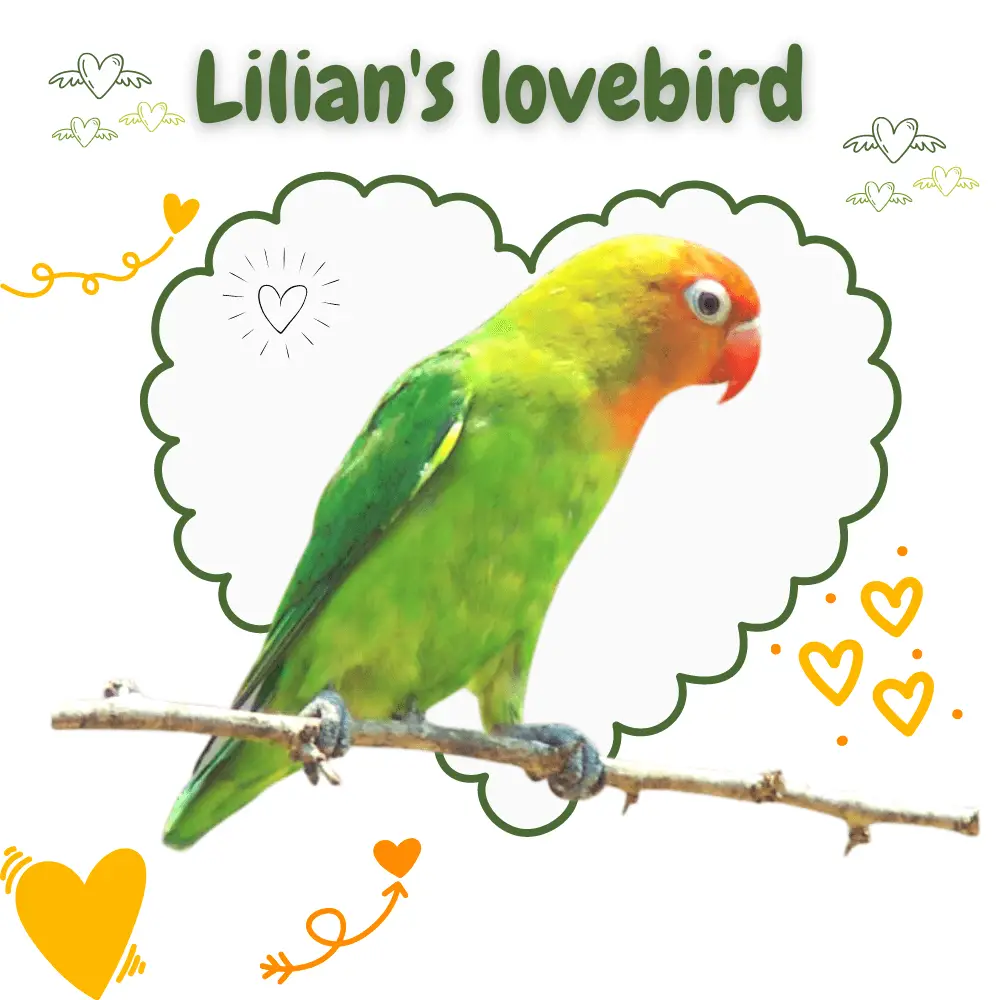 Lovebird colors
Lovebird colors
The Lilian lovebird is a small species of African parrot and belongs to the genus of lovebirds, distinguished by its green color and orange head.
Black-winged lovebird
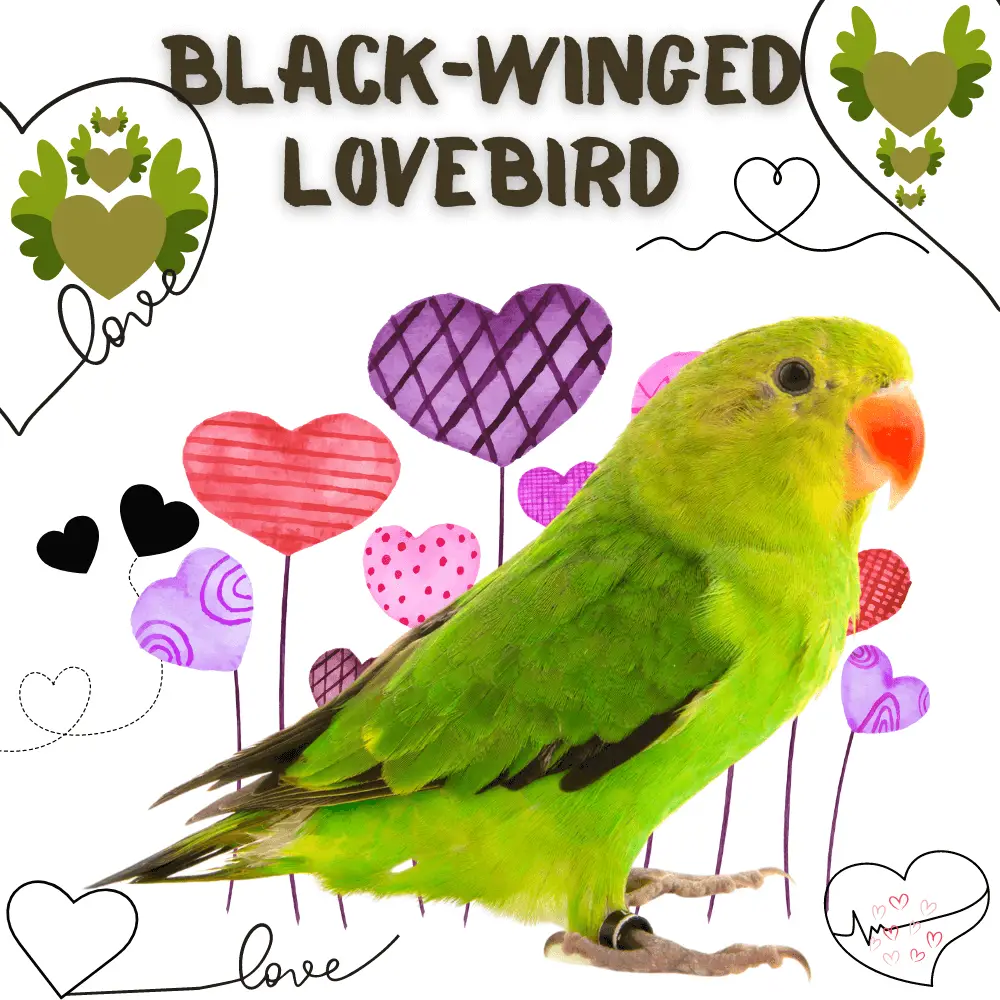 Lovebird colors
Lovebird colors
It is also called the caged lovebird, which is one of the endemic species on the continent of Africa.
Grey-headed lovebird
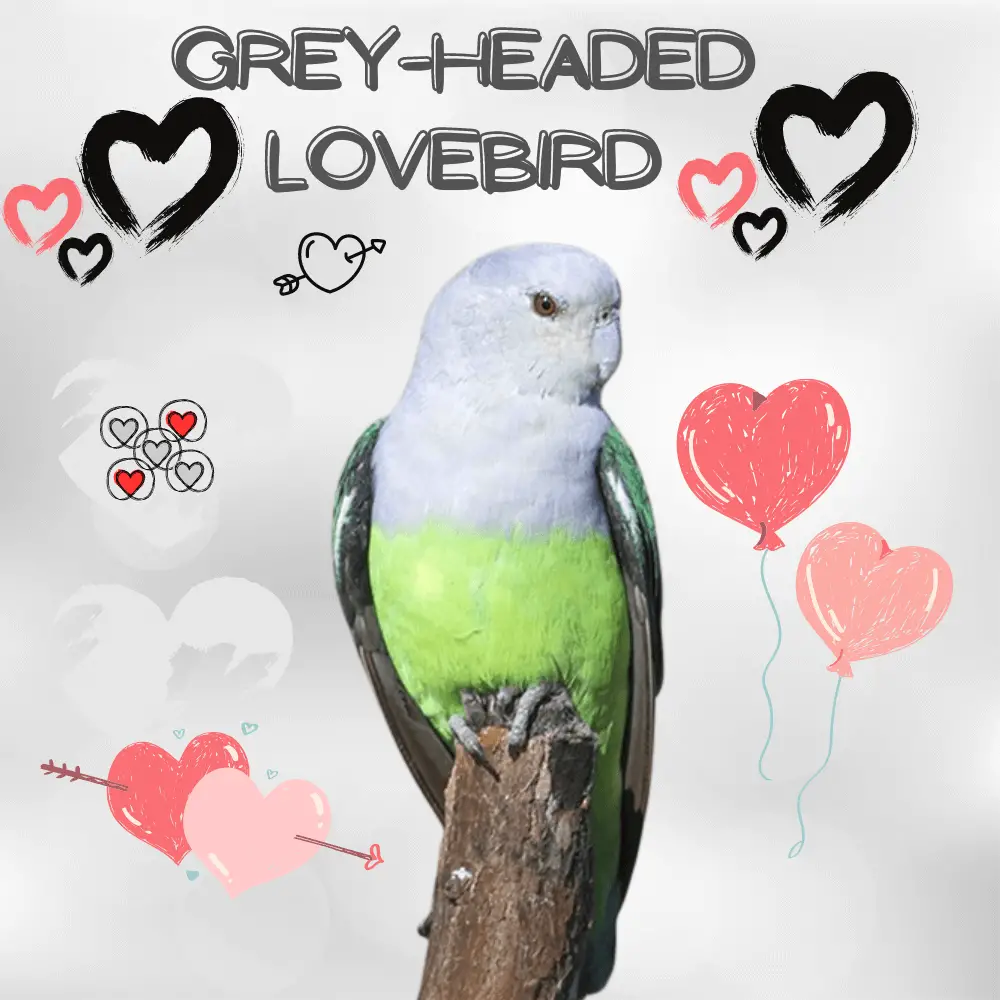
Grey-headed lovebird was given this name in reference to its original habitat, which is the island of Madagascar, where it lives in large flocks, and when breeding, it is taken into account that it pairs.
Red-faced lovebird
 Lovebird colors
Lovebird colors
This lovebird is distinguished by the fact that it lives in many settlements, from tropical Africa to Sierra Leone to Uganda in Lake Albert, and in the west, it lives in settlements that extend from the far north of Angola to Liberia.
Where do lovebirds live
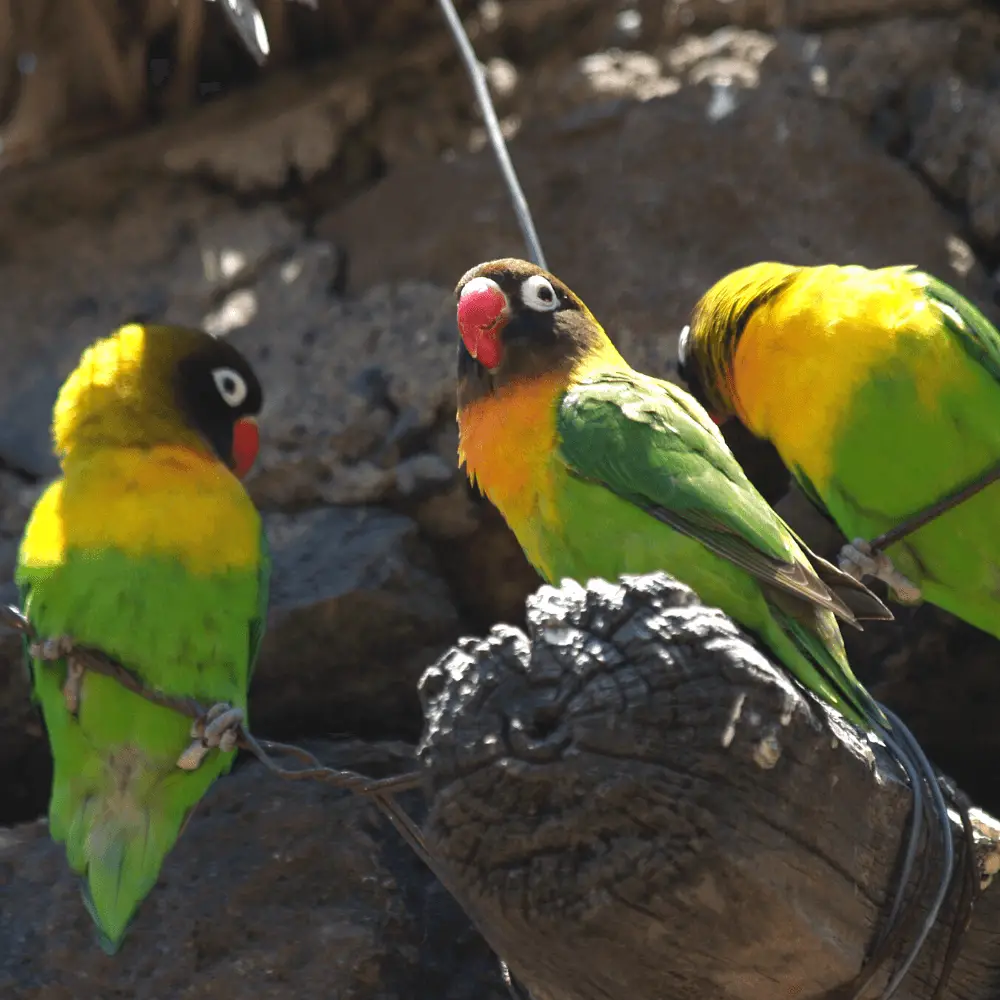
Most lovebirds are native to Africa, with the exception of a type of gray-headed Madagascar lovebird, which is endemic to the island of Madagascar.
Most lovebirds live in the wild in the form of large flocks, in a stage called the pre-nesting stage, after which they build their nest in single pairs,
and there are types of lovebirds that live in cracks and tree cavities at certain times of the year, and there are also other types of lovebirds It can be easily raised at home.
Lovebird food
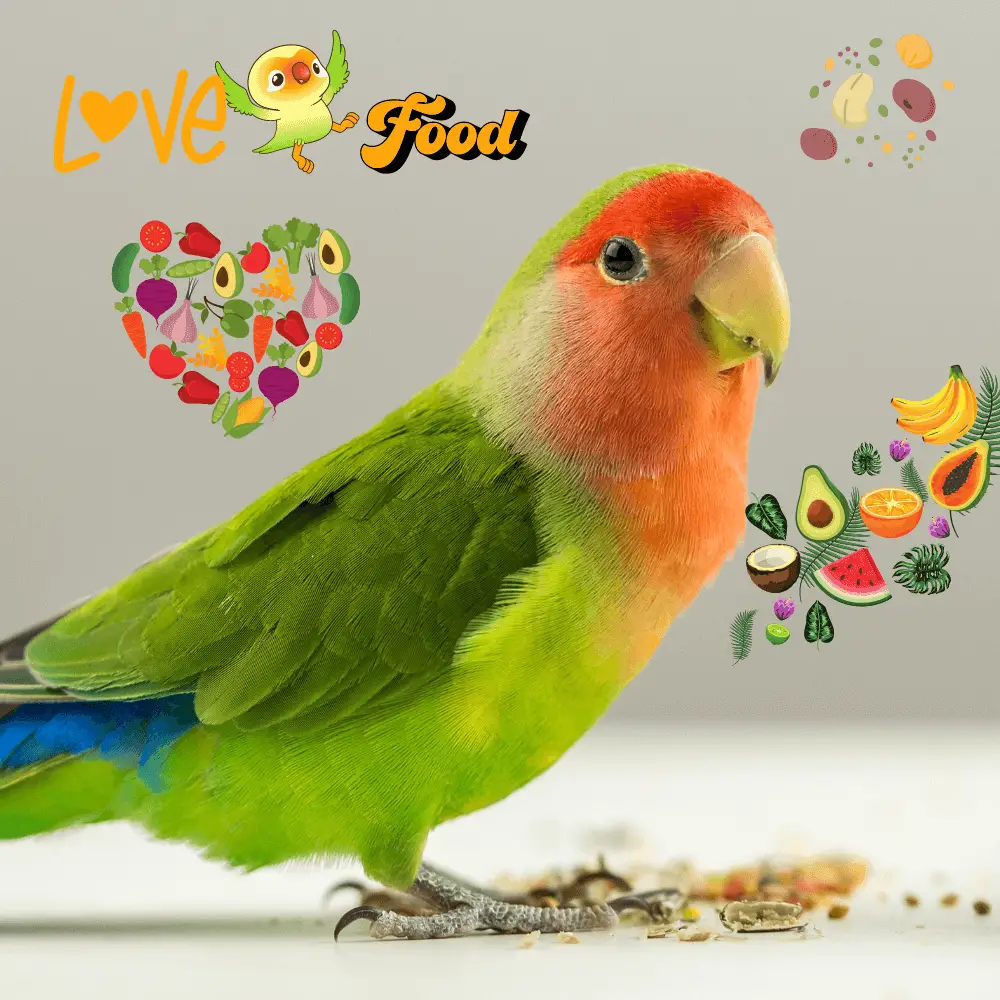
Lovebirds depend on seeds or grains, such as sunflowers, for their food. They also love fruits such as berries, and vegetables such as cucumbers, lettuce, and watercress. They also eat herbs, leaf buds, and some agricultural crops such as corn and figs.
As for lovebirds that are raised in homes, it is worth noting that we note the need to add nutritional supplements that contain vitamins to their food to compensate them for the variety that they would have obtained if they lived in the wild,
and those supplements such as intoxicants or shellfish, and the bird’s share should not increase its diet. food about 50 grams per day.
It is recommended to feed lovebirds at home with fruits such as apples, grapes, bananas, or kiwi, in addition to vegetables such as spinach, radishes, parsley, or carrots, taking into account that these foods are boiled before serving them.
Lovebird behavior
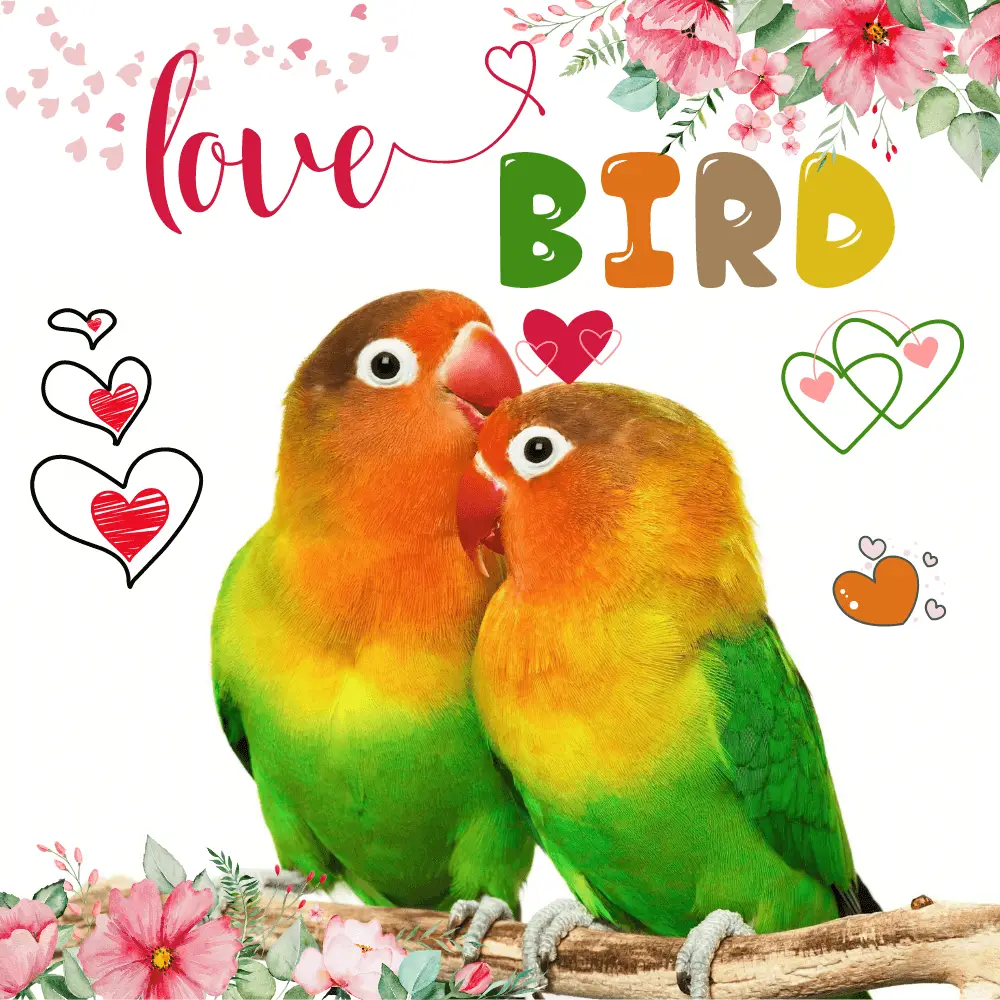 Lovebird colors
Lovebird colors
Lovebirds are among the best types of birds with wide popularity, due to their small size, attractive and diverse colors, lightweight, agility, constant movement, ease of breeding, and taking care of them, and for this reason,
their breeding spread greatly in the nineteenth century and made many profits, and this is what prompted animal researchers to marry them And hybridize and produce strains of them.
The behavior of the lovebirds was characterized by the strong and solid relationship and the exchange of feelings of loyalty between the pairs of birds so that in the event of the death of one of them, it is difficult to replace the other with an alternative, and it is dominated by extreme sadness to the point of death.
Lovebirds are characterized by a set of behaviors according to their nature, such as:
- Bathing: Lovebirds are characterized by gentle behavior, which is the love of bathing and playing with water. They take care of their personal hygiene, so they are keen to trim their nails and file their beaks through the treated cement inside the cage.
- Food: Lovebird pairs feed each other to re-establish pair bonds after separation, and in this feeding behavior the lovebird transfers food from its mouth to the mouth of its partner.
- Age: The age of lovebirds ranges from two years to twenty, such as the goldfinch, which reaches the age of two years, and the parakeet, which reaches the age of 7 years.
- Reproduction: Lovebirds are characterized by abundant reproduction. Once they reach 6 months of age, they are able to collect materials and transfer them to a hole inside a tree using their beak in order to build a nest.
- Other behaviors: Lovebirds love to be embraced and dealt with gently, and there is another type of lovebird that prefers to leave a distance between them and the person who plays with them, and some of them like to deal with only one person, and other types like to deal with everyone, and there are types of lovebirds that prefer to live Alone in the woods.
Lovebird mutation
SOURCE: African Grey Parrot Pet
Since lovebirds are among the types of birds that many prefer to breed, they have been hybridized and produced a large number of countless mutations.
Among the most important of these mutations are the “triple aneuploidy mutations” and the “Opaline mutation”, and the following types fall under them:
- Albino Rose: It is white in color with red eyes.
- Cream Eno: It is cream in color and the eye color is red.
- The Latin Red-faced: It is distinguished by its light yellow body color and
- The orange-faced Latino: the body color is light yellow and the face color is orange. red-faced face.
Difference between male and female lovebird
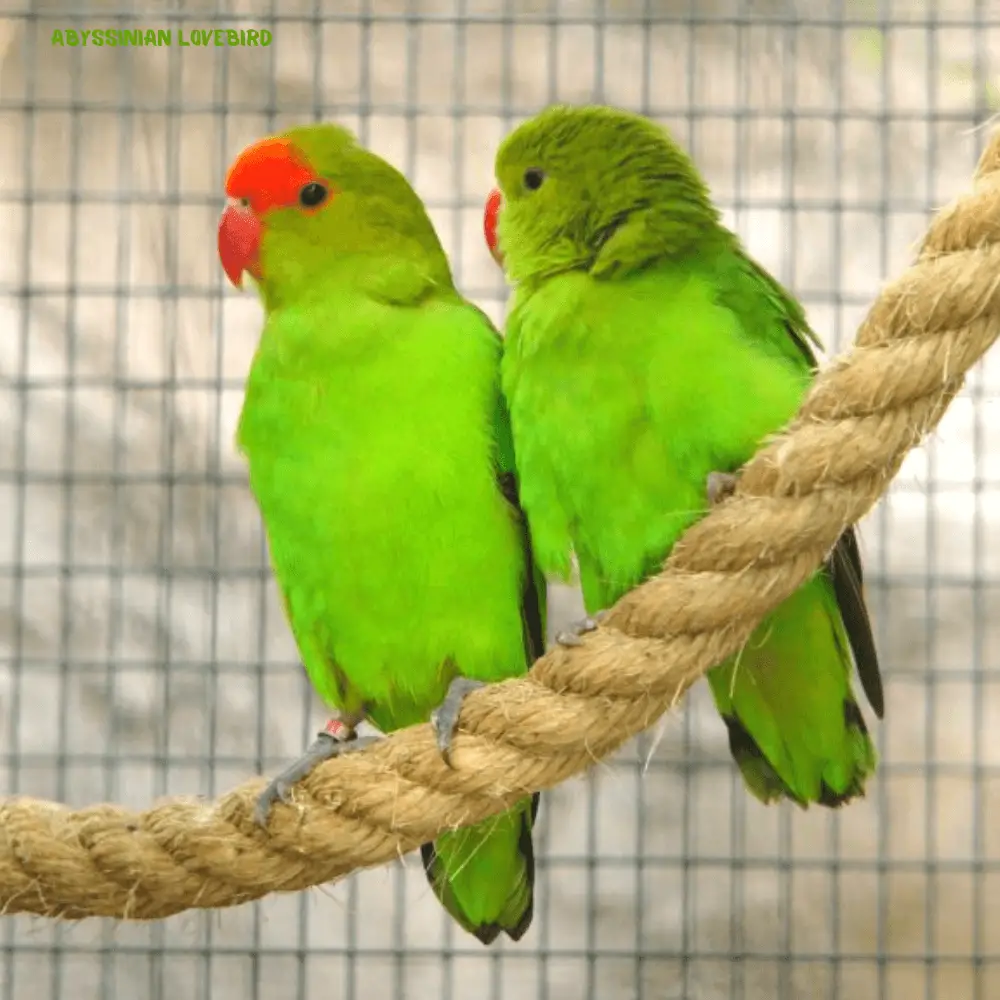 Lovebird colors
Lovebird colors
It is possible to differentiate between male and female lovebirds through some signs such as:
- Feather color: There are types of lovebirds in which the female and male do not differ in color. As for other species, especially in Madagascar, the male has a gray head and neck, while the female is green in her body and head without any other colors. Most of the male lovebirds have red faces. Unlike females, they tend to be more orange.
- Physical Characteristics: The female lovebird has a rounder head than the male, her shoulders are broader, and her beak is shorter in length than that of the male.
- Behavioral characteristics: The female usually builds the nest and lays eggs in it, so her behavior is more aggressive than the male.
- Eye ring: The female lovebird has an eye ring that is thicker than the male eye ring.
- Pelvic width: The female’s pelvic bones appear wide and separate because she laid eggs before, but in the male, we find that the pelvic bones are adjacent and there is no separation, so the pelvis is narrow.
Reasons for the death of love birds
The sudden death of lovebirds is due to various reasons, the most important of which are:
- Poisoning: Poisoning of food, drinking contaminated water, or inhaling toxic fumes that contain large proportions of heavy metals such as mercury or copper, in the death of lovebirds.
- Night terror: Some types of lovebirds feel very frightened during the night, especially when they hear a loud sound or are suddenly exposed to bright light.
- Heatstroke: When lovebirds are exposed to high temperatures, they suffer from heat exhaustion and may die within a few hours.
- Egg Binding: The fertilized egg may retract into the reproductive tract of the lovebird, leading to its death.
- Illness: Failure of vital systems, infection with a virus, bacteria, parasite, fungus, or disease such as parrot fever or ventricular dilatation disease may lead to the death of lovebirds
Colors of lovebirds
SOURCE: African Grey Parrot Pet
Green Fisher Lovebirds:
The most famous and beautiful types of lovebirds belong to the parrots family and their native habitat in Tanzania. They have green feathers in the chest, wings, and back, while the neck area is yellow-orange in color, and the face is red-orange, while the beak is red.
This bird is characterized by its long life as it can live until the age of twenty-five, especially since it is distinguished by searching for another partner in the event of the death of one of the spouses.
Rose lovebirds:
They are a kind of small parrots known as pink-faced lovebirds. They have a green body and a pink or bright red face. They have a gray beak, and the legs are also gray. They are social birds that prefer to live in large groups and communicate with each other through sharp and loud tones.

